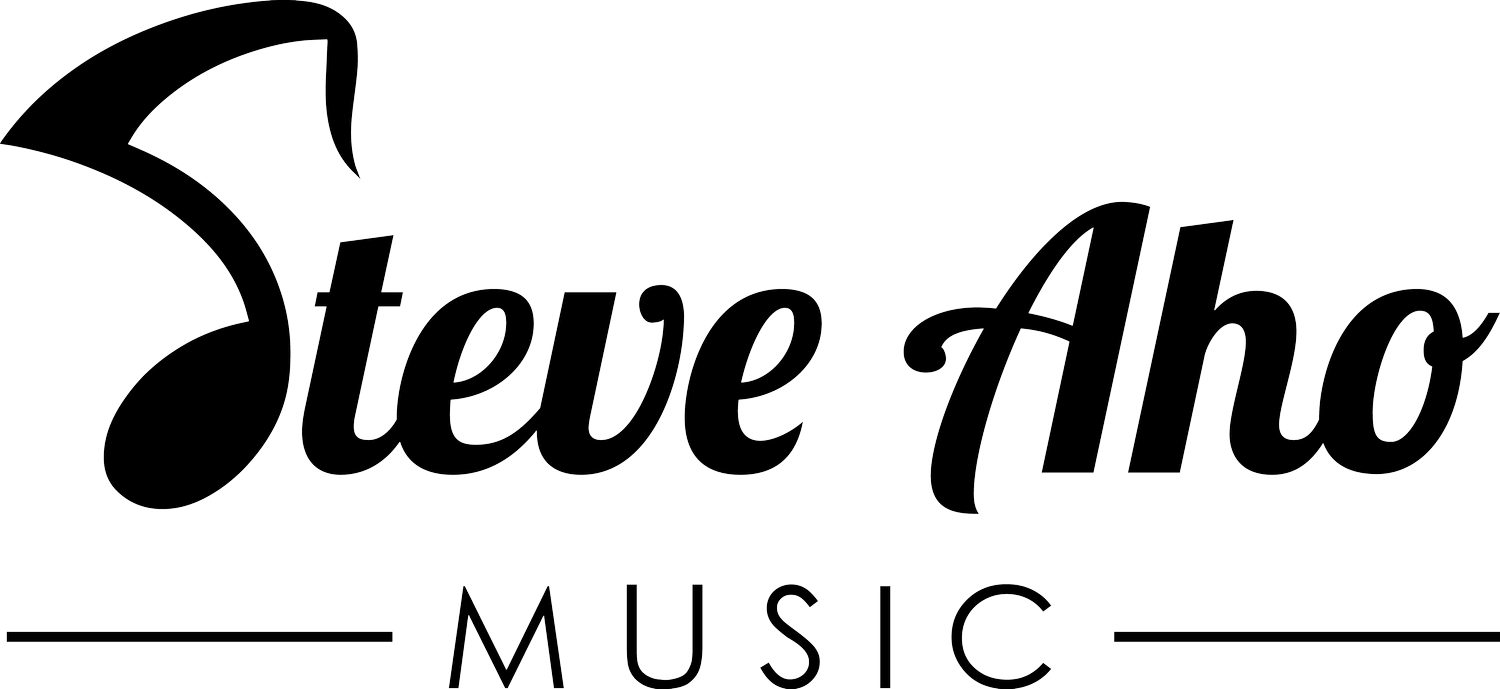tips for quick, accurate music transcription
A significant part of my work involves transcribing music. Whether it's prepping a live show for an artist, making charts for a recording session, or transcribing an entire orchestral score, the basics of my transcription process remain essentially the same. The primary goal is to create error-free parts and scores that are clear and easy to read.
It goes without saying that in order to properly notate music, one has to have proficiency in music theory and music notation, and must be able to recognize rhythms, pitches and chords. Beyond that, an understanding of each instrument's respective ranges and capabilities is needed to correctly notate its parts.
1. TWO-WINDOW ENVIRONMENT
I do most transcriptions in a two-window environment: source audio on one side, score on the other. Often, I will tile the windows to accommodate whichever application requires the most space. On a Mac, I use BetterSnapTool to neatly place each window just where I want it and to maximize screen real estate. On a PC, the OS has similar functionality built in without the need of a third party add-on.
2. AVOID MEDIA PLAYERS - USE A DIGITAL AUDIO WORKSTATION (DAW) APP
I find it extremely helpful to put my source material in a multitrack audio program such as Pro Tools, Logic, Cubase (my DAW of choice for this is Cockos Reaper). This enables me to quickly tempo-map the source audio and establish the form, exact number of bars, location of beats, tempo changes, and meter changes. Having all of this information laid out visually in a grid makes it easy to create a transcription that has the correct number of bars. THIS DOES NOT NEED TO BE A COMPLEX, SAMPLE-ACCURATE TEMPO MAP. I will be publishing another article on advanced tempo-mapping techniques soon.
Learn to navigate within your DAW with keyboard shortcuts. It is a huge time-saver to be able to skip back one bar, forward two beats, or to advance to the next chorus -- all without having to touch the mouse. In many DAWs, you can even create your own custom keyboard shortcuts to further reduce the amount of wasted time and mental energy spent hunting through your source audio.
Q: DO I NEED TO MAKE A TEMPO MAP IF THE MUSIC IS REALLY SIMPLE?
A: It depends. If the music has a perfectly steady tempo, then you just need to determine the initial tempo, form, number of bars, and location of any time signature changes. Often, however, tempo-mapping out a simple-sounding song will reveal that it has a cleverly inconspicuous 2/4 bar or an unconventional form.
Q: IT'S TOO HARD TO CREATE A TEMPO MAP FOR THIS PARTICULAR PIECE BECAUSE THE TEMPO KEEPS CHANGING AND THERE ARE LOTS OF HOLDS. WHAT DO I DO?
A: Learn to do it. It's worth it. It is especially important when working with music that has numerous tempo changes to determine where the beats and subdivisions are. Without doing this, you have little hope of creating an accurate transcription that a performer would be able to play.
3. NOTATION SOFTWARE
Although I admire the beauty of hand-written music, its limitations with regard to revisions, scalability, and error-checking make it impractical for my purposes. Though I used Finale for many years and still maintain proficiency with it, I now prefer to work in Sibelius.
Just as with the audio sequencer, it is essential to master the keyboard shortcuts of the notation software. I use a number of custom keyboard shortcuts to further streamline my workflow.
Finale and Sibelius come with many useful ready-made templates that can make your score look clean and professional. I have also created a number of my own templates to help me avoid needing to rebuild scores for instruments and types of ensembles. I avoid the fonts and templates that mimic handwritten charts, not only because I find them ugly, but also because the text can be hard for players to read in poor lighting.
FINAL THOUGHTS
Making a good transcription is part listening, part deductive reasoning.
Transcribing music is more than just "hearing" what is in the recording. The focus must be on the more important information, while filtering out what is less relevant. The reality is that instruments are not always perfectly in tune; sometimes passages are not executed clearly; sometimes musicians play ahead of- or behind the beat; and sometimes the recording's mix makes it impossible to pick out what certain players are doing. In all of these cases, a good transcription is one that most accurately depicts the intent of the music and will then enable whoever will be playing the transcription to re-capture that intent.
